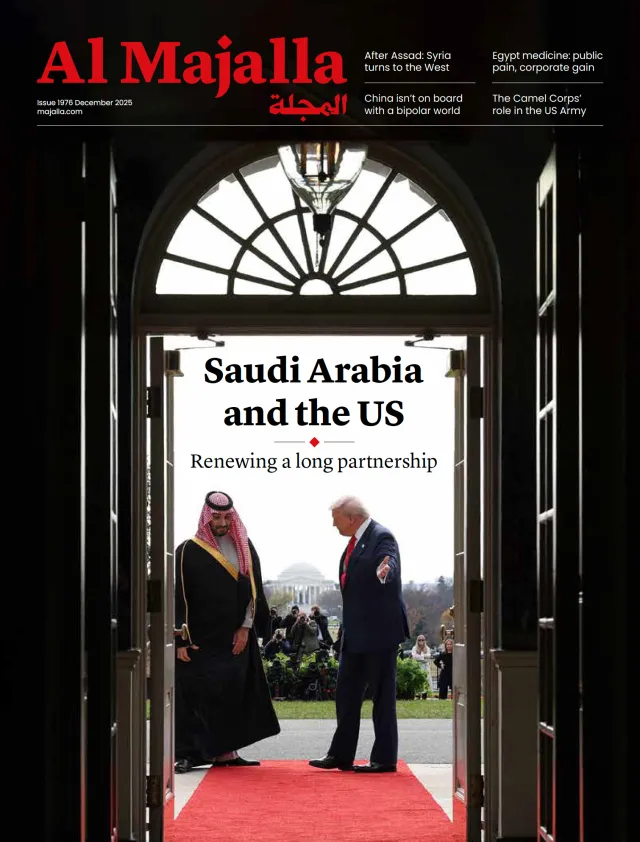Many important lessons can be drawn from the recent 12-Day War between Israel and Iran. One that particularly stands out is how Iran's regional and international allies didn't join the fight, leaving Tehran to fend for itself.
While analysts debate the scale and severity of Iran's injuries in the past year, most agree that it has suffered its most significant setback in nearly half a century. The US strikes on its nuclear facilities and the intensity of the 12-Day War mark a seismic shift. But it's important to note that the attacks on Iran are not causes of Tehran's decline but rather symptoms of it.
Following the trajectory
To understand how we got here, it is useful to revisit two earlier Iran-related Al Majalla cover stories. The first, published in October 2024, marked the first anniversary of the Gaza war that followed the October 7 attacks. Just a month earlier, in September, Israel dealt a decisive blow to Iran's ally in Lebanon, Hezbollah, taking its top brass leadership, including its iconic leader, Secretary-General Hassan Nasrallah.
The crippling of Hezbollah was followed by the fall of the Assad regime on 8 December—Iran's only state ally in the region. Syria's new rulers, led by Ahmed al-Sharaa, explicitly reject ties with Tehran, meaning the crucial land bridge for delivering weapons to Hezbollah in Lebanon via Iraq and Syria had been effectively severed.
After two key obstacles to Iran's deterrence had been effectively neutralised, Israel pushed forward with its third phase: direct war.




